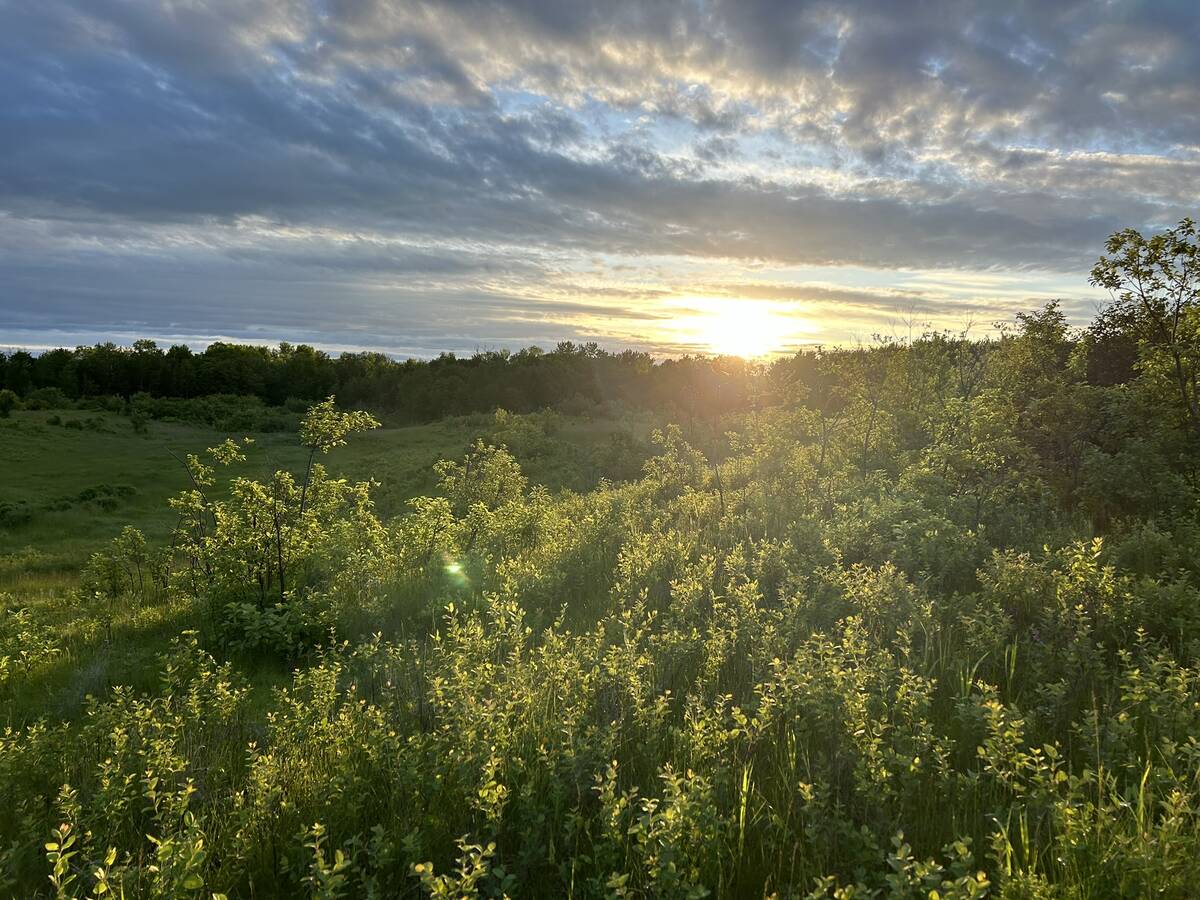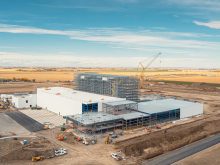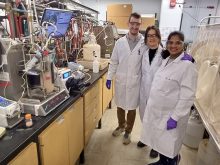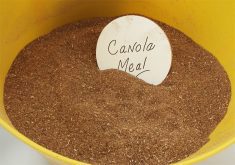A Manitoba town is defying the trend.
Unlike other small towns on the Prairies, Reston is gaining people and getting younger.
In 2016 the town had 570 people — up slightly from 550 in 2011. And Reston had 115 people younger than 19, about 21 percent of the population.
Several years ago, to accommodate the additional students, Reston’s kindergarten to Grade 12 school added a portable classroom.
“Our school population has increased,” said Tanis Chalmers, manager of economic development for the Rural Municipality of Pipestone, which includes the towns of Reston, Sinclair, Cromer and Pipestone in Western Manitoba.
Read Also

Manitoba farm group named finalist for national water innovation award
The Manitoba Forage and Grassland Association’s Aquanty Project for local hydrological modelling has earned them one of three finalist spots for a national award from Water Canada.
Adding on to the school is unusual in a prairie town like Reston, which is 108 kilometres from the city of Brandon.
Communities that are close to major cities in Western Canada, such as White City, Sask., east of Regina, are attracting new people and booming. White City’s population grew 19 percent from 2011 to 2016.
But villages and towns that are 100 km or more from a major centre are losing people and may not be sustainable.
“Those places would not be expected to grow … unless it’s a bedroom community and you could drive to a place with 10,000 or 20,000 (people),” Ray Bollman, former chief of Statistics Canada’s Rural Research Group, said a couple of years ago.
“Their function is just a retirement place and there will be fewer people to retire to those places. So those (towns) will continue getting smaller…. Their function was really important 40 years ago … but their function has changed completely and we (should) not expect people to want to live there.”
The residents of Reston are pushing back against that reality by trying to make their town sustainable for the next 50 to 100 years. Reston is actually attracting young people and families, thanks partly to a unique program.
Since 2011, the municipality has been selling residential lots for $10. The program is ongoing and anyone willing to build a home in Reston can purchase a fully serviced lot for $10.
Seven years ago, when Chalmers started her job in Reston, the 24 house subdivision of $10 lots was mostly empty.
“(It) had maybe five houses constructed on it,” she said.
“Now, I have two (vacant) lots.”
The $10 lots attracted a mix of people. Some were middle-aged folks who work in the region and decided to take advantage of the opportunity.
Others were young men and women in their 20s and 30s who grew up in the area. In their teens and early 20s they left to take a job in another province and then returned to their roots to start a family.
“With these families, there’s been a lot of babies born,” Chalmers said.
The $10 lots boosted the number of babies and young families in Reston, but at a cost. The RM paid to service the lots with sewer, water, roads and other infrastructure.
“If you look at a typical residential lot, you’re looking at $60,000 to 80,000 to actually develop (it),” Chalmers said. “Offering that $10 lot is basically a savings, right off the bat, for someone looking to build a home.”
So, developing a 24 lot subdivision would cost $1.4 to $1.8 million.
Most municipalities couldn’t afford that expense, but the RM of Pipestone is in a special situation. In the 1930s, when farmers couldn’t make payments on their land, the RM assumed ownership of the land. The municipality later sold the land but retained the mineral rights.
“The RM of Pipestone is fortunate to receive oil royalties, so a lot of our development programs are paid (by) those funds,” Chalmers said.
The RM is richer than most, but the council is willing to take risks and try new things to keep Reston sustainable.
For example, the community recently built a spray park and a two-acre lake with a beach.
It also operates a campground next to the lake and spray park, which has attracted tourists to Reston.
“Originally, it was (built) to fill a (recreation) void for our local residents,” Chalmers said.
“(But) our campground had more bookings this year than it has in the last 10 years…. We have people traveling up to three hours … to use our campground and swim in the lake and eat in our restaurants and shop in our stores.”
The RM of Pipestone used its oil royalties to help pay for the lake and spray pad, but government grants covered part of the cost.
Local agricultural and petroleum businesses also contributed to the cause. If their employees are happy in Reston, they’re more likely to stay in Reston.
Many western Canadian towns are experimenting with programs and projects to keep people in their community — music festivals, farmers markets and anything else that adds to the quality of life in a town of 700 people.
People are more likely to stay if a community has a desirable package of amenities, said Sean Markey, a Simon Fraser University associate professor who specializes in rural development.
“Do you have dance programs for kids? Tell me about the local school…. My son loves playing soccer.”
Spray pads, dance programs and a cafe that serves cappuccino could attract remote workers and freelancers who are able to do their job anywhere, provided they have high speed Internet and cell service.
Vast regions of rural Canada do not have high speed Internet service, but the federal government is finally getting serious about the Internet gap.
In 2019 the feds unveiled the High Speed Access for All: Canada’s Connectivity Strategy. The government injected another $1.7 billion into the program, raising the total to $6 billion.


















